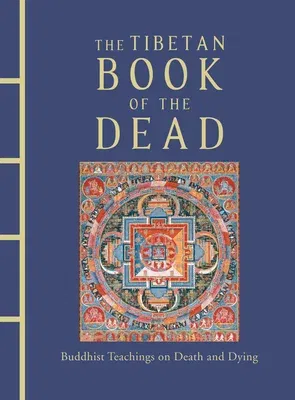Karma Lingpa
(Author)The Tibetan Book of the Dead: Buddhist Teachings on Death and DyingHardcover, 15 November 2022

Qty
1
Turbo
Ships in 2 - 3 days
Only 4 left
Free Delivery
Cash on Delivery
15 Days
Free Returns
Secure Checkout

Part of Series
Chinese Bound Classics
Print Length
96 pages
Language
English
Publisher
Amber Books
Date Published
15 Nov 2022
ISBN-10
1838862250
ISBN-13
9781838862251
Description
Product Details
Author:
Book Format:
Hardcover
Country of Origin:
US
Date Published:
15 November 2022
Dimensions:
25.15 x
20.32 x
2.03 cm
ISBN-10:
1838862250
ISBN-13:
9781838862251
Language:
English
Pages:
96
Publisher:
Series:
Weight:
816.47 gm